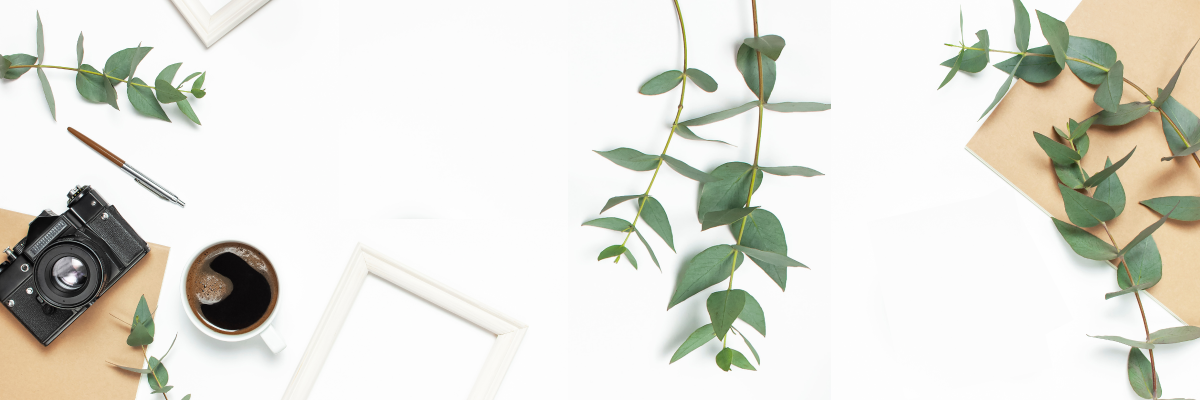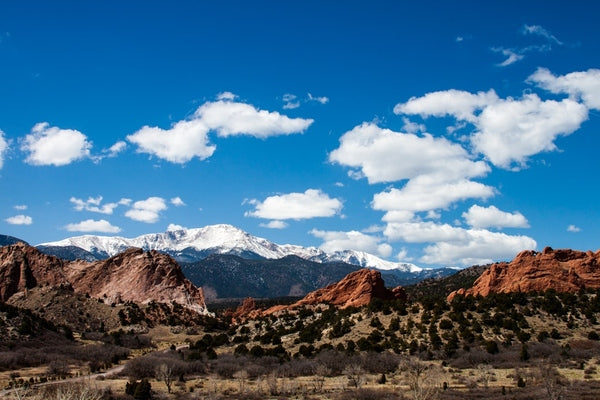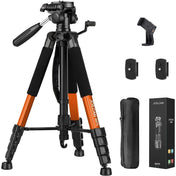Nature photography is an art that captures the beauty and magnificence of the great outdoors. Whether you’re hiking through lush forests, wandering along serene beaches, or standing atop majestic mountains, the right gear can make a world of difference in transforming an ordinary scene into a breathtaking photograph. In this guide, we'll explore essential equipment, tips, and techniques to elevate your nature photography, all while ensuring you understand the importance of using the right accessories, such as the Canon ET-67 Lens Hood.
Understanding the Essentials of Nature Photography Gear
Before diving into specific tools and accessories, it’s essential to establish what makes up the backbone of nature photography gear. At its core, you need a capable camera, a variety of lenses for different scenes, sturdy tripods, and essential accessories to complement your shooting experience.
Your Camera: The Heart of Your Setup
Your camera will play a pivotal role in your nature photography. DSLRs and mirrorless cameras have capabilities that allow for stunning imagery in varying light conditions. Pay attention to the following features when selecting your camera:
- Sensor Size: A larger sensor helps capture more light and detail.
- ISO Range: A wide ISO range offers flexibility in different environments.
- Continuous Shooting Mode: This enables capturing fast-moving subjects.
Lens Selection: The Right Viewpoint
The lens you choose can dramatically affect your photography. Depending on your subject and shooting environment, consider the following types of lenses:
- Wide-Angle Lenses: Perfect for vast landscapes and expansive skies.
- Telephoto Lenses: Ideal for capturing distant wildlife without disturbing them.
- Macro Lenses: Excellent for photographing intricate details of plants and smaller animals.
In conjunction with your lens, consider accessories such as the Canon ET-67 Lens Hood. Using a lens hood is crucial in minimizing lens flare and improving color contrast in your photos, resulting in sharper and more vibrant images.
Grip It Right: The Importance of Tripods
A solid tripod is an essential part of any nature photographer's gear. It helps ensure stability, particularly in low light conditions where longer exposure times are necessary. Here are a few reasons to invest in a quality tripod:
- Stability: Prevents camera shake, especially with heavier lenses.
- Versatility: Allows for creative angles and compositions.
- Long Exposure Shots: Perfect for capturing waterfalls or night skies.
Selecting the Right Tripod
When choosing a tripod, look for durability and weight. A heavier tripod may provide more stability but can be cumbersome to carry on long hikes. Carbon fiber tripods offer a great balance of lightweight design without sacrificing durability for the outdoors.
Key Accessories for Successful Nature Photography
Beyond cameras and tripods, various accessories will enhance your nature photography experience. Consider adding these items to your toolkit:
Filters: Adding Creative Control
Filters are a photographer's best friend, allowing for adjustments to lighting conditions and enhancing your images. Here are some types to consider:
- Polarizing Filters: Reduce glare from water and enhance colors in your images.
- ND Filters: Allow for longer exposures, perfect for capturing flowing water or soft landscapes.
- UV Filters: Protect your lens from scratches and ultraviolet rays.
Camera Bags and Protection
Your gear can be vulnerable to the elements. A well-padded camera bag can protect your equipment from potential damage during transport. Look for weather-sealed bags if you frequently photograph in wet or humid conditions.
Lighting Techniques for Nature Photography
The right lighting can make or break your images. Understanding how to manipulate natural light is essential for producing stunning photographs. Here’s how to work with different lighting scenarios:
Golden Hour Magic
The golden hour, shortly after sunrise or before sunset, is a magical time for nature photography. The soft, warm light adds dimension and warmth to your photos. Make sure your camera is ready to capture those fleeting moments.
Overcast Days: Embrace the Soft Light
Cloudy days may seem uninspiring; however, they provide diffused light that’s perfect for capturing details without harsh shadows. Use these conditions to explore macro photography or showcase the vivid colors of nature.
Getting Up Close: Macro Photography Tips
Macro photography can reveal a hidden world. Follow these tips to capture stunning close-ups:
Essential Techniques for Macro Shots
- Use a Tripod: Stability is paramount for capturing fine details.
- Adjust Your Focus: Manually focusing helps achieve precise shots.
- Use Natural Light: Look for soft, diffused light to enhance your subject.
Leverage Depth of Field
Using a wide aperture (lower f-stop number) creates a shallow depth of field, offering beautifully blurred backgrounds that let your subject stand out. Experiment with different settings to find what works best for you.
Post-Processing: Bringing Your Vision to Life
Once your shoots are complete, it's time to enhance your images in post-production. Rather than relying solely on the software, aim to capture images as close to your original vision as possible. If needed, tweaking is fine!
Popular Post-Processing Software
A variety of software options exist, ranging from beginner-friendly to advanced tools. Some popular choices include:
- Adobe Lightroom: Great for organizing and basic adjustments.
- Adobe Photoshop: Offers in-depth editing capabilities for advanced users.
- Affinity Photo: A powerful alternative to Photoshop with a more affordable one-time fee.
Mind Your Composition for Impact
While gear and conditions influence your photography, composition is crucial for stunning imagery. The following principles can guide you:
The Rule of Thirds
Consider splitting your frame into a grid of three sections. Position your subject along these lines or at their intersections to achieve a balanced and compelling image. This technique enhances visual interest and depth.
Leading Lines
Use natural lines in the landscape—such as rivers, paths, or tree lines—to lead viewers’ eyes into the image. This can help emphasize depth and create a journey through your photograph.
Final Thoughts: Capturing Your Unique Perspective
As you embark on your nature photography journey, remember that every photograph you take tells a story. With the right gear—including helpful accessories like the Canon ET-67 Lens Hood—and a willingness to experiment and adapt, you can capture stunning images that reflect your unique vision. Harness your creativity and embrace the magnificence of the natural world around you. Now grab your gear and launch into your next adventure!











